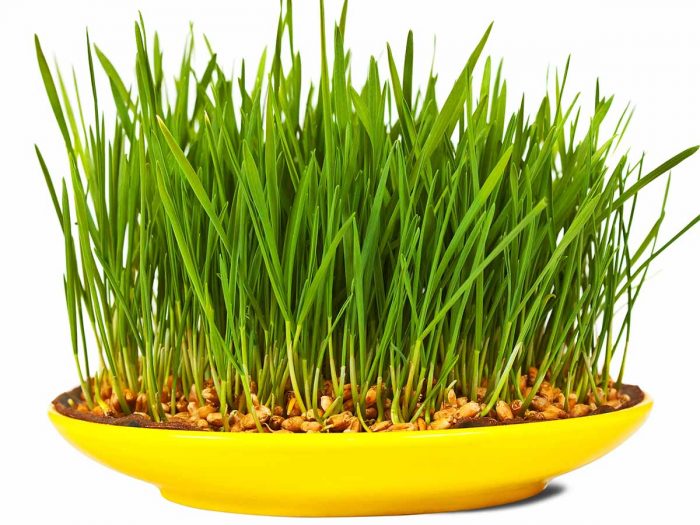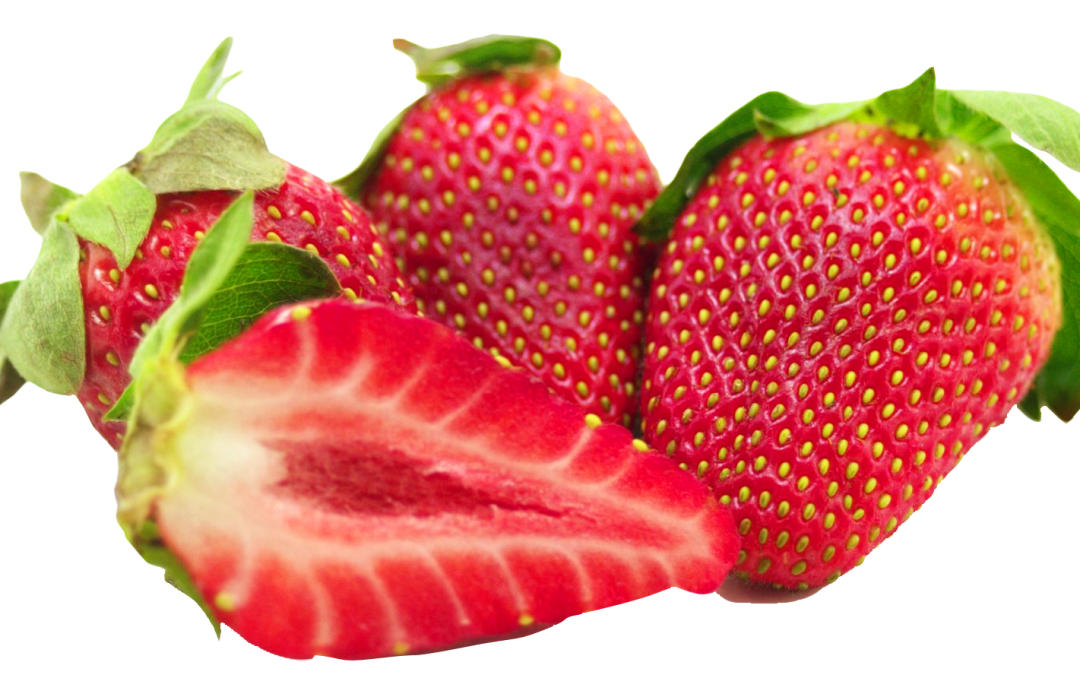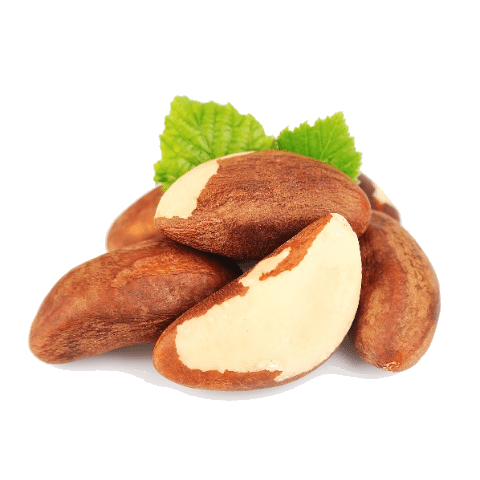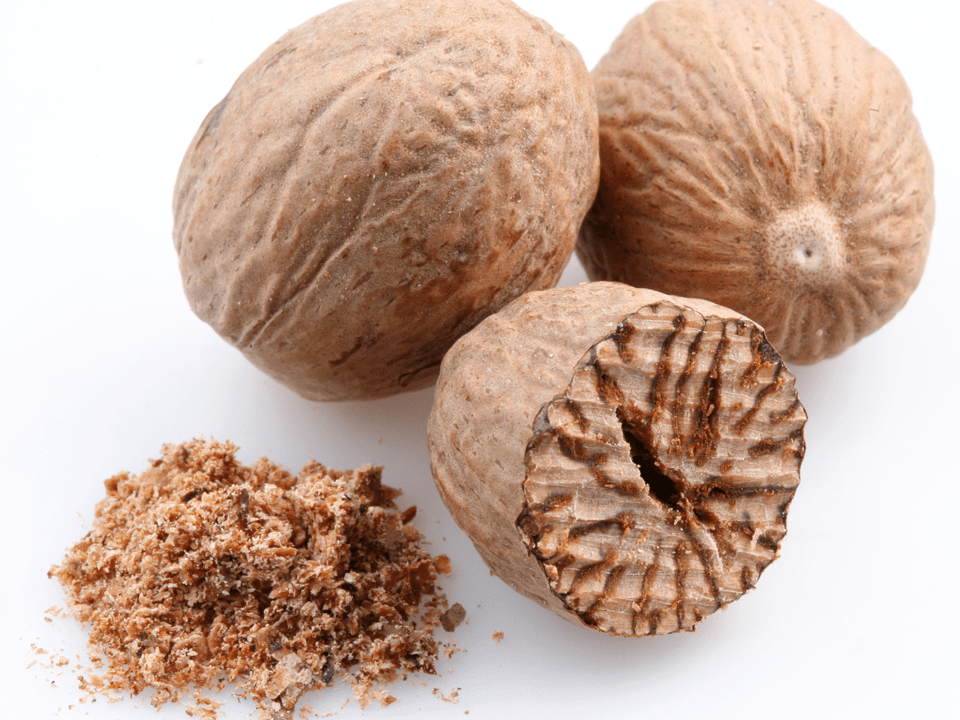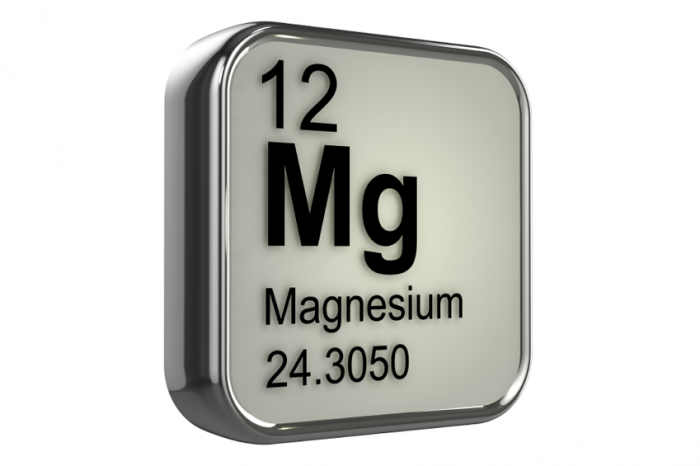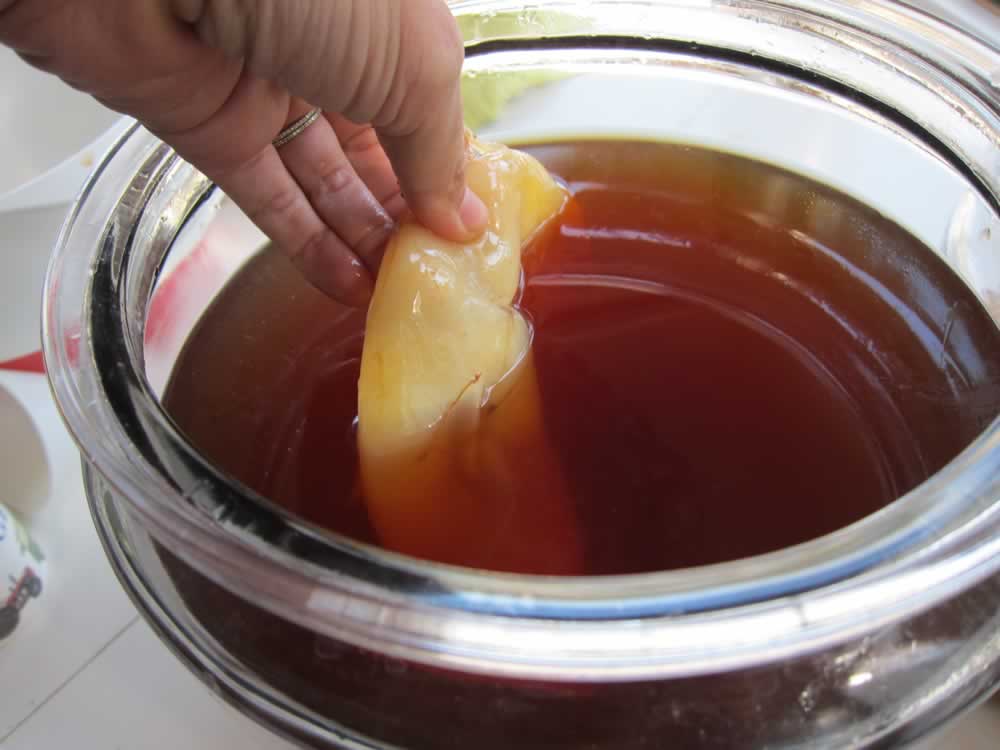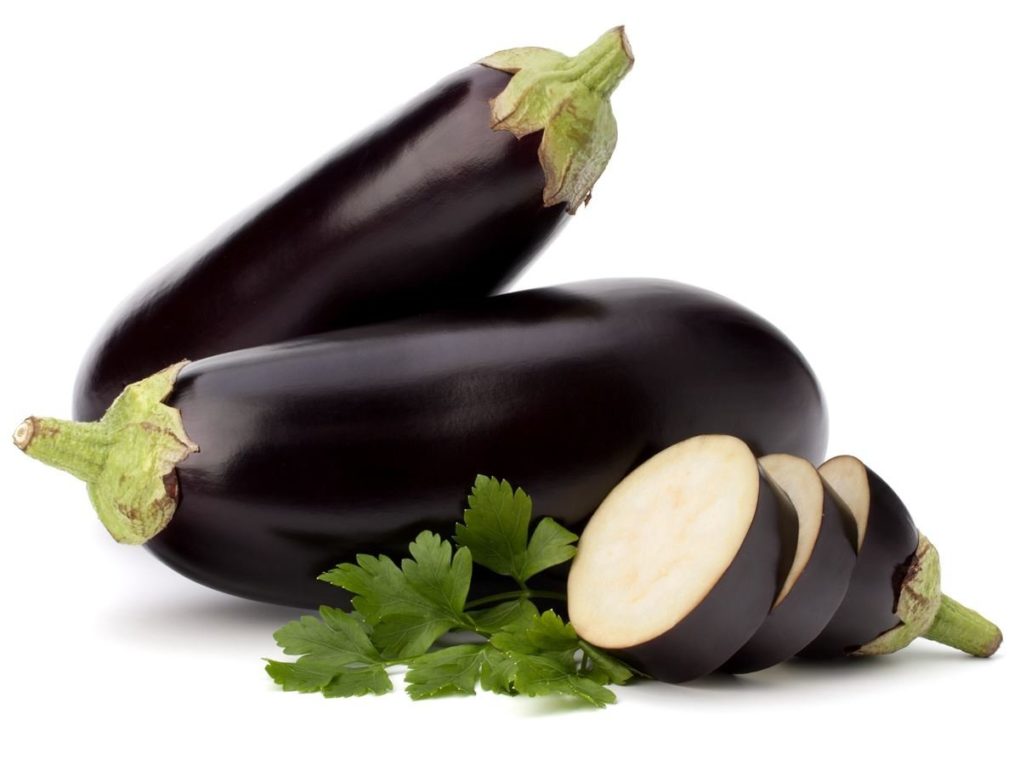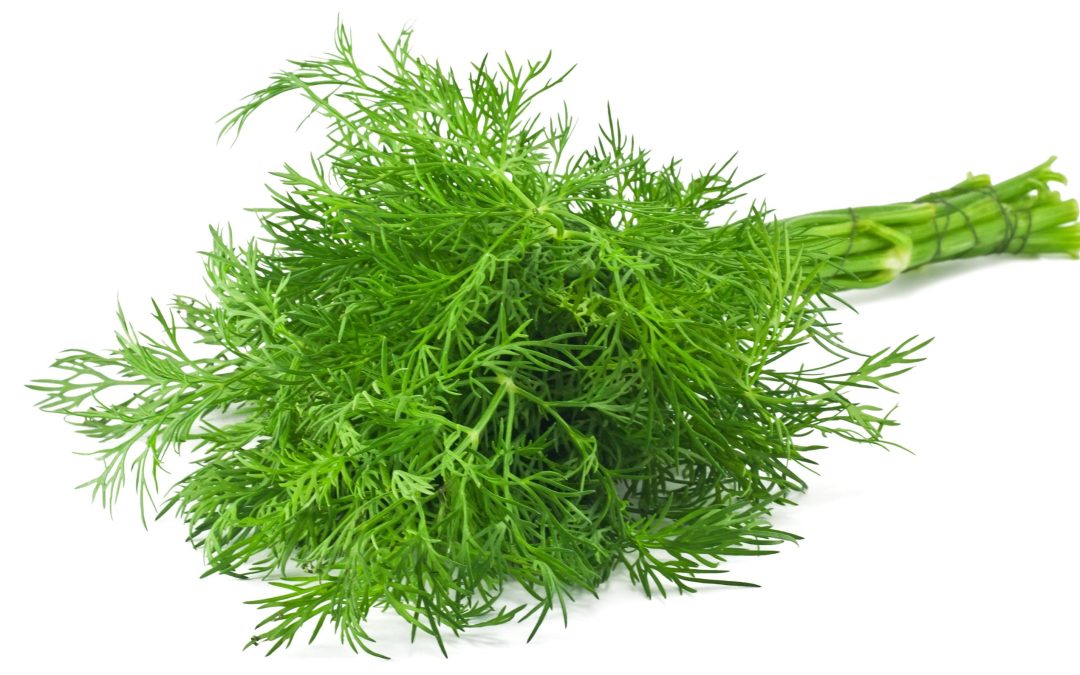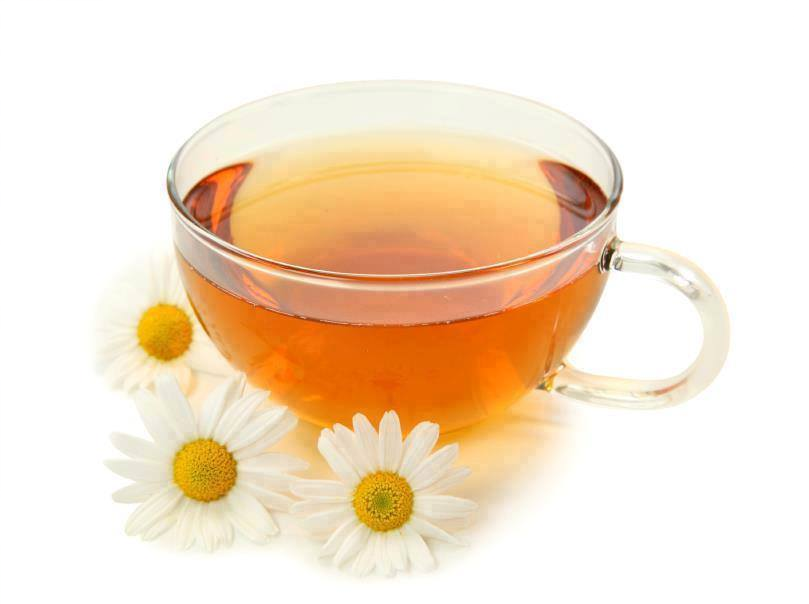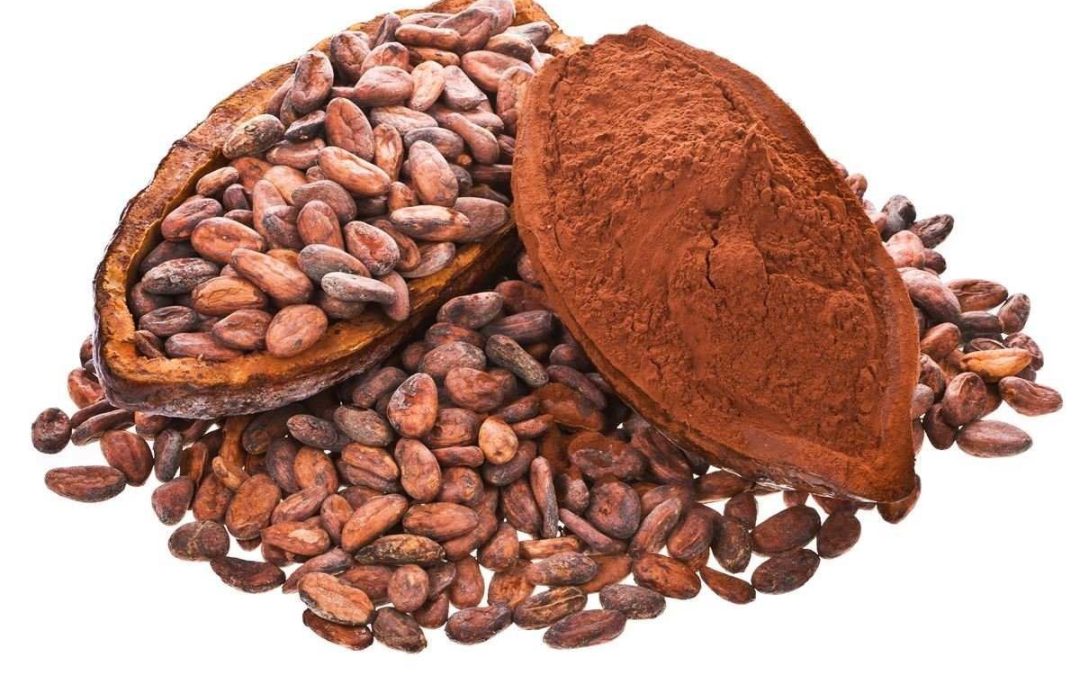Iodine is a trace mineral which is crucial for the synthesis of thyroid hormone. It also appears to modulate the effect of estrogen on breast tissue. Two main forms of iodine are available which appear to have different effects on the body. Elemental iodine primarily exerts its effects outside the thyroid, namely on breast tissue. Iodine complexed with sodium or potassium for instance, is known as an iodide. Iodide complexes exert a stronger effect on the thyroid gland.
A deficiency of this nutrient is the most common cause of preventable mental retardation.
- Over 30% of people worldwide don’t get enough of this nutrient.
- Even a mild deficiency of this nutrient in children can have lifelong effects on IQ and learning ability.
- Vegans may be at higher risk of not getting enough of this nutrient.
The following are the primary uses of iodine.
- Prevention of iodine deficiency: The primary use of iodine is to treat deficiency.
- Fibrocystic Breast Disease: Iodine caseinate has been used to treat fibrocystic breast disease. The hypothesis is that deficiency in iodine causes the epithelium in the breast tissue to be more sensitive to estrogen stimulation. This causes distention of the breast ducts, forming small cysts and later fibrosis. Elemental iodine appears to be the preferential form of iodine in this case. A possible side effect of elemental iodine use may be short-term increased breast tenderness on examination.
Deficiency Symptoms
A wide spectrum of conditions may result from a deficiency in iodine, which may include:
- goiter
- cretinism
- intellectual disability
- growth retardation
- hypothyroidism
- hyperthyroidism
- increased early- and late- pregnancy miscarriage
- increased infant mortality
There are several foods that block iodine utilization and can lead to deficiency.
These are known as goitrogens and include:
- turnips
- cabbage
- mustard
- cassava root
- soybean
- peanuts
- pine nuts
- millet
HOWEVER, Cooking usually inactivates goitrogens.
Excess Symptoms
Adverse reactions have occurred with pharmacological doses including:
- hypersensitivity reactions
- flare-up of adolescent acne
- rashes
- arrhythmia
- central nervous system effects (confusion, numbness, tingling, weakness in the hands and feet)
- hypothyroidism or hyperthyroidism (Jod-Basedow phenomenon)
- parotitis (iodide mumps)
- thyroid adenoma
- small bowel lesions.
Nutrient Interactions include:
- Selenium – Intake of selenium and iodide may have a synergistic effect in the treatment of Kashin-Beck disease, an osteoarthropathy.
- Goitrogenic foods – Goitrogens contain a substance that is metabolized to a compound that may compete with iodide and negatively affect iodide status potentially leading to hypothyroidism.
- These foods include cassava and cruciferous foods such as cabbage, Brussel’s sprouts, broccoli, cauliflower, and rutabaga. Certain flavonoids also have goitrogenic activity.
We don’t need a lot of iodine; recommendations are expressed in micrograms (a microgram is one-millionth of a gram). Without adequate iodine, however, babies’ brains don’t develop properly, children and adults can become hypothyroid, and pregnancies are more likely to end in miscarriage and stillbirth. Iodine is used by the thyroid gland to make thyroid hormones and is essential for the thyroid gland to work properly.
Most of the iodine on the earth is found in the ocean. The amount of iodine in soil varies considerably. Areas close to the ocean have more iodine in the soil because of mist from the ocean. Mountainous regions are often low in iodine because the erosion of the exposed soil leaches iodine. Low-lying areas that are frequently flooded are also typically low in iodine. Soil iodine content is important because it influences the amount of iodine in crops grown on that soil. Fruits and vegetables grown on iodine-rich soil are higher in iodine than those grown in areas where the amount of iodine in soil is low.
Foods that are high in iodine include iodized salt, dairy products (because of iodine in animal feed and iodine in the disinfectant that is sometimes used on milking machines), eggs, seafood, and some breads. As our program is based on a Whole Food Plant Based Diet, you need to be aware of the possibility (vegan OR NOT) that you might very well be deficient in this vital trace mineral.
Most fruits, nuts, and vegetables are low in iodine, although their iodine content varies depending on the soil they’re grown on and irrigation and fertilization practices. Vegetarian and nonvegetarian diets that exclude iodized salt, fish, and sea vegetables have been found to contain very little iodine. A recent study found that vegans in the Boston-area had lower iodine intakes than non-vegetarians. Similar results have been reported for vegans in Sweden, Germany, and the United Kingdom.
Iodine recommendations vary depending on your age and other factors. The Recommended Dietary Allowance (RDA) for teens and adults is 150 micrograms per day; for 1-8 year olds the RDA is 90 micrograms per day; and for 9-13 year olds it is 120 micrograms daily. Pregnant women need 220 micrograms of iodine daily and women who are breastfeeding need 290 micrograms per day.
For more information on Iodine – The Universal Medicine visit the Therapies page and the Natural Sources section of this website
For more information on the correct dosage for your Health Imbalance contact your DBM Physician




